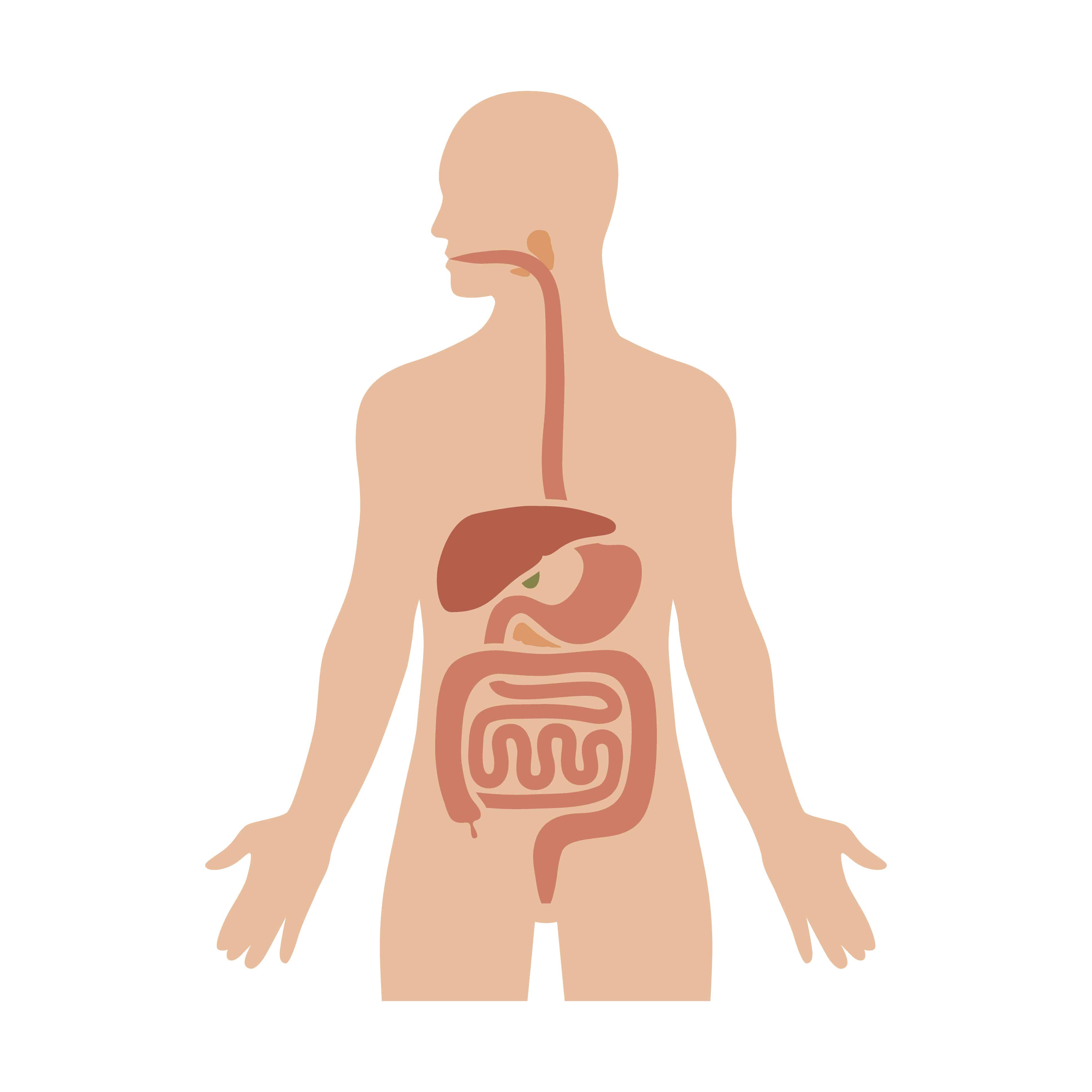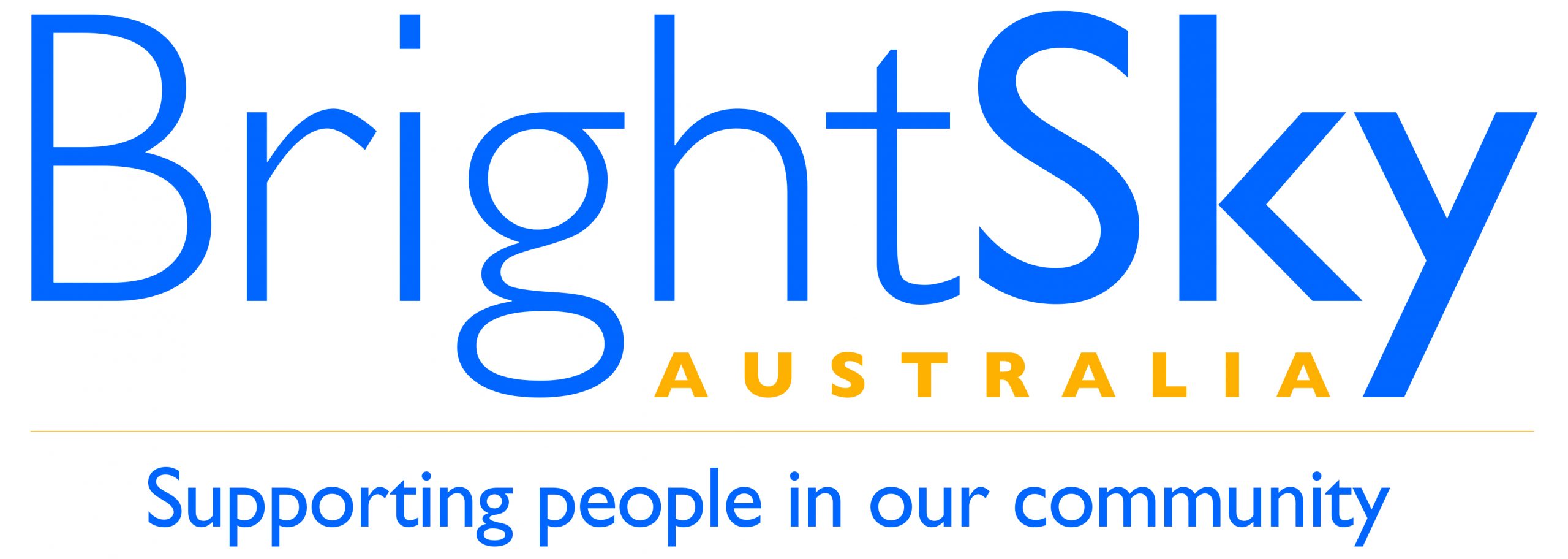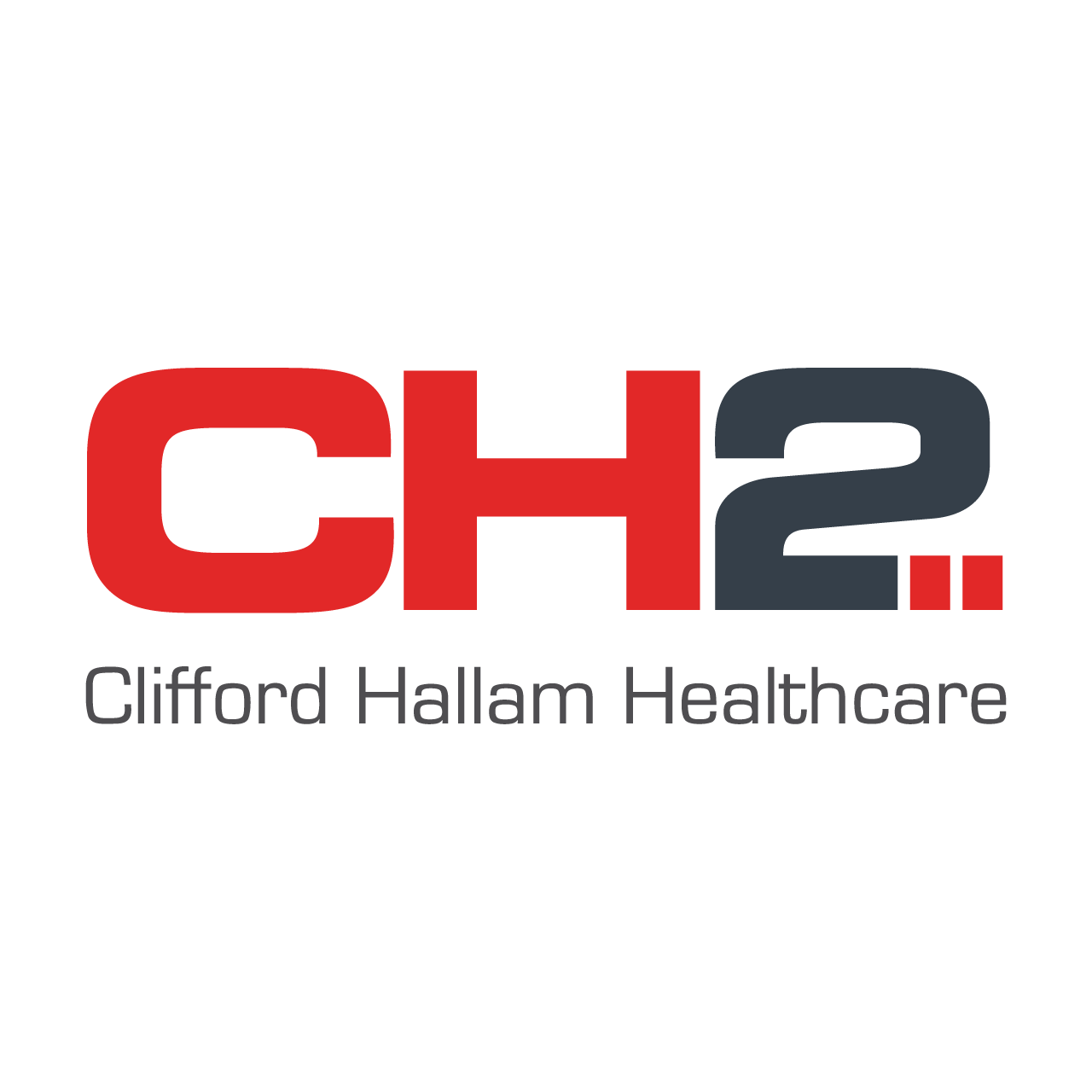Incontinence is the partial or complete loss of bladder and or bowel control. Did you know that incontinence is not a disease but a condition? Unfortunately, it is estimated that over 70% of those struggling with bladder leakage do not seek medical advice.
Incontinence is nothing to be ashamed of and is not always related to your age but many health and lifestyle factors such as pregnancy and obesity. Other causes of incontinence include Autism, Cancer, Cerebral Palsy, Parkinson’s, Dementia, Fistulas, Prolapse, Ulcerative Colitis, Stroke and Spinal Cord Injuries.
Incontinence is often a symptom of other medical issues, and sometimes it results from certain medications. If you are experiencing a form of incontinence, you are not alone.
Urinary incontinence affects up to 10% of Australian men and up to 38% of Australian women. Furthermore, according to the Continence Foundation Australia, bowel incontinence affects up to 6% of Australian men and 10% of Australian women.
Whilst incontinence is not widely discussed, many men and women suffer from the condition every day, and whilst there is no cure, it can successfully be managed with the right treatment plan. There is no need to continue to feel out of control; there are different steps you can take to return to your daily activities.
Let’s take a look at the different types of incontinence.















